Editing is one of the most important steps in any film making process, and yet, if it is done well, it will often be ignored. Hollywood taught us that a good montage was “invisible,” impossible to notice.
These 20 examples defied the idea of montage as a passive construction and instead developed techniques to make this aspect not only visible, but emotionally impactful. From mastering old techniques to bringing “mistakes” purposely to a scene, editing has developed and enlarged its codes through time. In chronological order, here are 20 revolutionary works in film editing.
1. The Great Train Robbery (Edwin S. Porter, 1903)
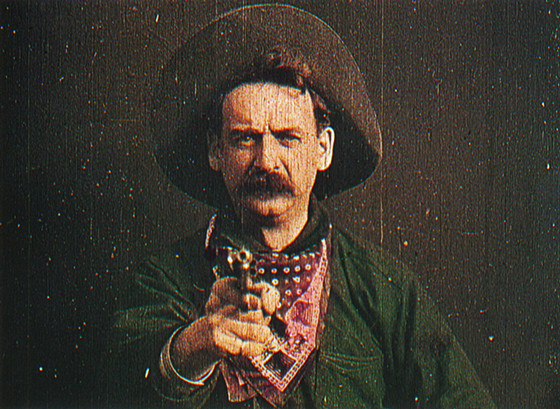
“The Great Train Robbery” features many of the early silent cinema codes. These films didn’t have the knowledge or consciousness of a wide variety of shots and angles and were, in fact, shot in studios, which necessitated minimal camera movement and virtually no close-ups. At the time, the act of cutting was a utilitarian narrative transition, merely a way to get from one scenario to another.
Porter’s film broke these rules. He shot outside of the studio and included camera movement in his shots. His main contribution, however, was in terms of editing. In these early films, all the action occurring in a scene was shot in that same scene: if the protagonist was running from a train, that “train” was in the same shot with him. Porter is the first registered case of dispensing with this traditional wisdom and employing cross-cuts.
Cross-cutting means to intercut actions on different locations, essentially enabling the film to show two different actions at the same time. Porter’s use was primitive, but it explains why the film was such a success in its time. Having two actions at the same time gave a new sense of thrill and tension. Porter presented for the first time what would be the basis for action cinema editing.
2. Battleship Potemkin (Sergei Eisenstein, 1925)
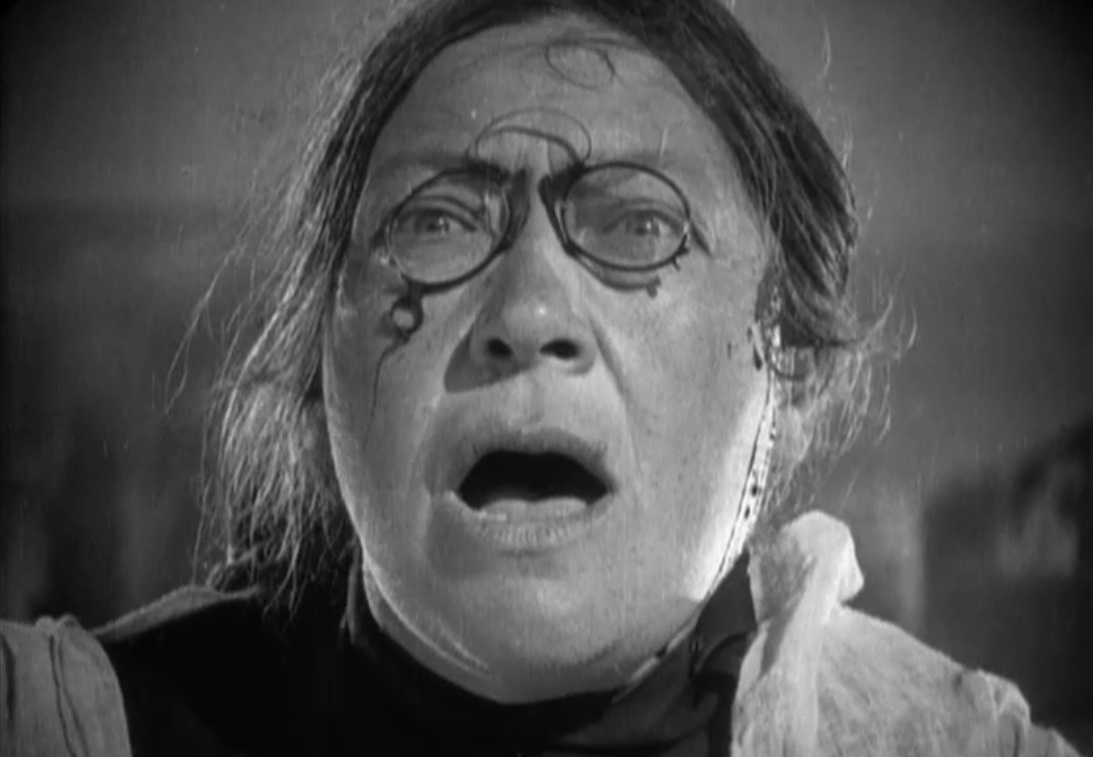
Some of the themes in “Battleship Potemkin” have aged, but its editing techniques certainly have not. A mandatory film for anyone studying montage, the great thing about the editing is how much Eisenstein himself wrote about his techniques. He was a theorist as well as a filmmaker, and in his films, he put his theories into practice. He was even influenced by the works of Karl Marx. Marxist dialectic contributed to new editing techniques, which consisted of clashing two disparate images together to generate a new mental idea.
Eisenstein expanded upon these theories. He identified five different kinds of editing: rhythmic, metric, tonal, overtonal, and intellectual, and he employed these methods on “Battleship Potemkin.” For example, he used meditative shots of ships (metric), but he also used a series of close-ups and wider shots repeated on a patron (rhythmic), and the intellectual method is obvious in the famous “Odessa steps” scene. Eisenstein’s influence is still salient today. Even if filmmakers do not directly credit him, his techniques are now so well-ingrained into filmmaking that they are impossible to avoid.
3. Napoleon (Abel Gance, 1927)
At a time in which it was uncommon to move the camera, Gance’s inventiveness is hard to believe. The film itself had many problems, largely because its length made it a difficult sell, but the issue was never resolved and there are now several versions of “Napoleon” available. Most of these versions overlook the film’s experimental appeal at the time. Polyvision, for instance, was one of Gance’s inventions and it consists of three images from the same scene projected on three different screens. This new technique also made the film difficult to project.
Gance wasn’t shy about moving the camera, and there are a lot of innovative angles in the film, including some subjective shots from a horse, or from the point-of-view of a snowball falling. The same inventiveness was used in editing. Multiple exposure, split-screen, or even mosaic screen are first seen in Gance’s masterpiece. All these elements were combined with different levels of success, but the braveness of Gance’s decisions is still visible.
4. Man with a Movie Camera (Dziga Vertov, 1929)
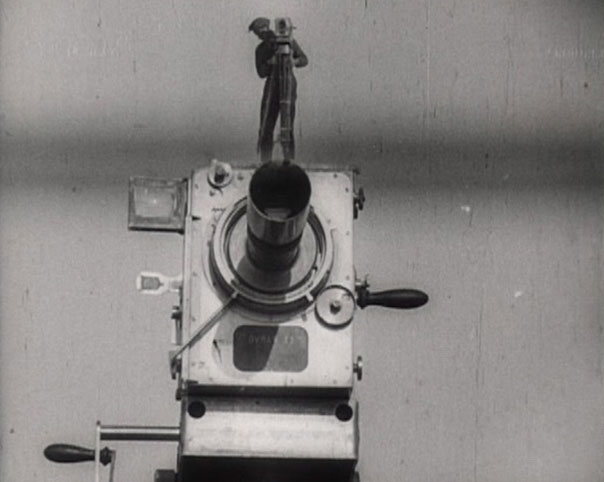
Dziga Vertov and his wife Yelizaveta Svilova were two cinematic radicals. Fiction was the new “opium of the people”, and, according to them, their new “kino-eye” project was the only way to make real socialist cinema. Although he learned from Eisenstein’s theories, Vertov had one major issue with his films: the notion of narrative as the backbone of a film.
In Vertov’s film there is no narrative, but instead, the film is an enormous, abstract portrait of a city told through a montage of images of Soviet people working and performing routine activities. “Man with a Movie Camera” is not a film with groundbreaking editing techniques. It is a film in which the editing is everything. Instead of a run-through of random images, we have an intellectual exercise about a city and its political future told in the way the film was cut.
The film also used several special montage techniques, such as the use of double exposure, fast and slow motion, picture-in-picture, re-framing, stop motion, and backwards footage, among others. A lot of these techniques would later be credited as novella vague or praised in avant-garde cinema, but they were already here in the late 20’s.
5. Meshes of the Afternoon (Maya Deren and Alexander Hammid, 1943)
Deren’s collaboration with Hammid is still regarded as her most famous work. “Meshes of the Afternoon” is a later surrealist work, arriving almost two decades after Dali and Buñuel. Deren’s work has enough bravery and experimentation to prove its own worth, even if this extremely psychological approach didn’t have a lot of respect for space or character continuity.
For example, there is a shot/reverse shot between Deren’s face and a man, and then suddenly, another thing will replace one of the faces. In another scene, a mirror breaks inside a house, and in the next shot its pieces are falling on a beach. “Meshes of the Afteroon” is full of these weird ellipses where space and time are interpreted very freely.
Deren discovered how to achieve this through editing. She used the rough cut at strategic moments to change the background or character, but she also made thoughtful use of the swish pan to jump from one place to another. There is also some pixilation animation, and Deren plays games with subjective camera angles. All of these techniques (and more) are displayed in 13 minutes in a short cut made in 1943, so it is easy to understand why her work is still so important.
6. Rope (Alfred Hitchcock, 1948)

Rope” may seem poorly placed on this list, but there is good reason to consider it revolutionary. Consisting of only 10 shots and 10 cuts, the film was intended as something similar to a continuous long-shot. Most of the cuts in “Rope” are hidden: putting the camera in front of a black coat to block the lens, or going behind a piece of black furniture to make the cut unnoticeable, thereby tricking the audience.
This all came from Hitchcock’s mind. He established a new approach to editing: choosing not to cut is just as important as choosing when or how to cut. When the editing doesn’t come from the cuts, the viewer has to force himself or herself to complete the editing with his or her eyes. Depth of field becomes more prominent and requires an active eye to understand what is going on. This idea was taken to the extreme on Sokurov’s “Russian Ark” (2002), and the influence is actually visible in the hidden cuts of “Birdman” (Alejandro González Iñarritu, 2014).
7. Psycho (Alfred Hitchcock, 1960)
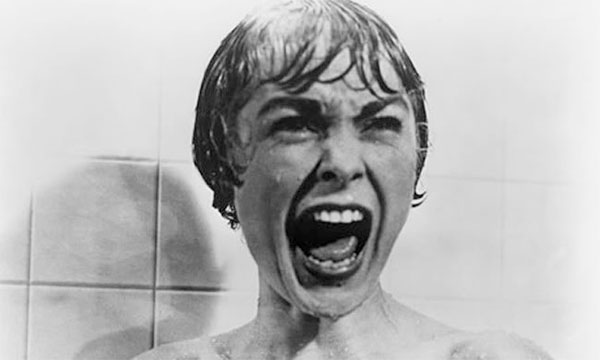
George Tomasini was the perfect pairing for Hitchcock’s vision. As an editor, he loved to experiment with different techniques while maintaining a great respect for the narrative. His vision meshed with Hitch’s films, which tended to be narrative thrillers full of innovative and audacious editing.
Tomasini and Hitchcock were admirers of ideas in Soviet montage, but instead of using these ideas as a road to propaganda, they used them as a way to imprint psychology into the characters. The scene in “Psycho” when Marion (Janet Leigh) decides to park at the Bates Motel after stealing her boss’ money shows some of these techniques.
Instead of using heavy dialogue or exclusively through Leigh’s performance, Hitchcock focuses her facial expression and the more scared she gets, the faster the cuts become. The editing amplifies Leigh’s performance, and her scattered frame of mind is transposed onto the way the scene is shot and also, therefore, onto the way the audience experiences the scene. The audience doesn’t need any more explanation in order to understand Marion’s decision to park at a random motel.
The “shower scene,” perhaps the most iconic in Hitchcock’s long career, became an instant classic, terrorizing American audiences in their comfort zone. Eisenstein’s “Odessa’s steps” scene is probably the only other scene with editing has been analyzed as thoroughly as Hitchcock’s “shower scene.” In the “shower scene,” Eisenstein’s montage of attractions was used in a totally new way, completely reinterpreting the idea. Tomasini worked with more than seventy camera setups in the scene, and synthesized them into a 3 minutes scene.
The horror of the scene, and why it felt cruder than any killing scene before, was all due to Tomasini’s ingenious editing. Actual stabbing is never shown, and yet the feeling of each wound couldn’t be more visceral. The effect is timeless.
8. Breathless (Jean-Luc Godard, 1960)
t is no surprise to find so many 60’s films on this list. It was the decade when most of the modern filmmakers experimented and challenged the hegemony of the invisible cut. Probably the most influential of these films is Godard’s debut, “Breathless.” The film had a free-spirited form and a lot of self-referential elements. In thw Novelle vague movement, cinema wasn’t intended as an illusion, as 90 minutes to disconnect from the world.
Instead, these films constantly reminded the audience that they were watching a movie. “Breathless” used many methods to achieve this: unnatural acting, breaking the fourth wall, incoherent argument, etc. But Godard’s main strategy was the use of editing.
Before Godard, a jump cut was a mistake seen only on really old films due to problems in the restoration process, but he took it as a trademark for his film. In one shot, the character of Belmondo buys a newspaper, and in the next cut, he throws it away. The action in the middle is lost. Today the jump has become a normal resource in action movies; in “Breathless,” it was breaking the rules and remaking them.
9. Dog Star Man (film series) (Stan Brakhage, 1961-1964)
Among the many extreme ideas of montage during the 60’s, probably Brakhage’s application was the most extreme of all. Some films on this list applied overprint as a way to give an abstract tone to some scene; in Brakhage’s case, overprint became one of the key and most repeated codes on his series of short films, “Dog Star Man.” Brakhage believed that an untrained eye, uninfluenced by socialization, could be capable of seeing so much more.
In “Dog Star Man” there are a lot of image “clashes” like in Soviet cinema. Two unrelated images are juxtaposed to provoke a new one, but in the case of Brakhage it is not only an intellectual exercise. Unlike Eisenstein or Vertov, Brakhage does not pretend to send a particular message to the audience. More than an intellectual view, this tiring series of images provokes a new feeling. Brakhage wanted to re-create through editing his idea of a primitive and innocent eye. The use of random images as a purely plastic exercise was his way to get this sensorial response. These are films about what he called “the act of seeing.”
10. La Jetée (Chris Marker, 1962)
The (now not so) mysterious Chris Marker was always mixing his theoretical thought with film form. His essay films mixed academic writing and theory, free thinking and film, all in one form. His most “narrative” film, and most famous one, is a departure from this form, but not completely. His only truly fictional film (though Marker probably would disagree with the idea of a genuine work of fiction) consisted solely of still images, and was defined in the credits as a photo-novel instead of a film.
But there is something wrong too in pointing to “La Jetée” as a film made of still images, because this phrase describes every film. The brilliance of the film is how it makes you conscious of cinema as permanent illusion. Because in Marker’s film, deprived from the cinematic illusion of movement, we can still somehow see movement, and all the characters feel alive. The images aren’t displayed in the same form and duration. Marker cuts and creates tension, repeating images and making some of them longer. All the basic notions of film are contested through editing, without necessarily filming.
11. Jules and Jim (François Truffaut, 1962)
There are three French films of the early 60’s on this list, and to be honest, this is probably too few. “Jules and Jim” took some of the lessons on display in its fellow Novelle vague films, and made a quick free-spirited montage that reflected the feelings of its characters.
Jules and Jim are two young friends in love with the same woman. This confusion influences the camera style and editing, and it turns the film into a mix of techniques that were quite new in the 60’s. What Godard did with jump cuts, Truffaut did by reframing or freezing the picture. In Godard’s film the cut itself was what was so new and fresh, but Truffaut intervenes in the picture itself.
When Catherine (Jeanne Moreau) speaks in the middle of a party, the frame puts direct attention in her face, leaving the rest of the screen completely black. Watching “Jules and Jim,” these kinds of effects feel odd at first, but after the first half hour, the audience is immersed in Truffaut’s plastic translation of falling in love.
12. The Good, the Bad and the Ugly (Sergio Leone, 1966)
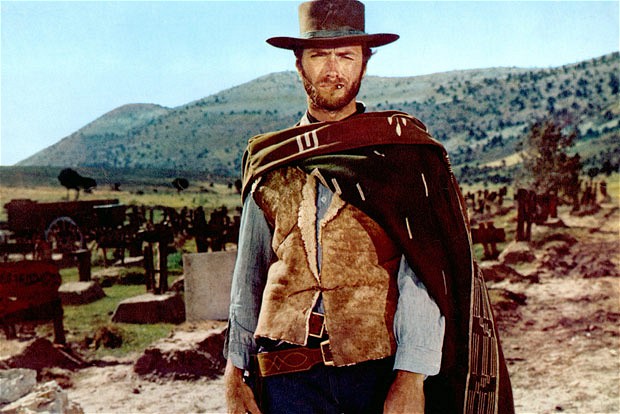
Editing styles are often not as noticeable as music or cinematography can be. There isn’t a certain stable way to cut dramas or comedies (at least on a first look). But in Spaghetti Westerns, there is a style of editing that became so influential that it is recognizable in hundreds of later films. In a Spaghetti Western parody, there are several identifiable tropes: cuts between different close-ups, middle shots of the same characters staring each other, several shots of identical length, and quick editing to end a scene and release the tension.
This formula comes from the classic final scene of Sergio Leone’s most famous work, “The Good, the Bad and the Ugly.” Mathematics has always been one of the most important things to take into account while editing, and the precision of it in this scene jumps to a higher level. To imagine the scene shot differently—with wider shots, for example, and without the intercut close-ups of snarling faces and parallel bodies—is to see how obvious and fake such an approach would be. But as Leone shot it, this over-the-top dramatic moment looks coherent and builds tension enough to makes us believe in this war of facial expressions that precedes the final draw and shootout.
This is probably the greatest scene, but this precise use of math is all over the film. The cuts from wide and open shots to extreme close-ups showed how any element of film language could be put next to the other if it is done right.
13. Bonnie and Clyde (Arthur Penn, 1967)
“Bonnie and Clyde” holds it place in cinema history as one of the most important, if not the founding film, of the new American cinema. The movement started an interesting mix between a strict Hollywood tradition and different tricks coming from European and Asian films. Arthur Penn represents this idea, releasing entertaining and popular films with a subtle acquaintance with the ideas of Novelle vague and Akira Kurosawa. His main editor, Dede Allen, applied different tricks he’d seen in French films, but instead of trying them as an intellectual exercise, they were intended as a dramatic element that made the film more exciting.
The jump cut or the staccato-like editing applied as an experiment by Novelle vague was used as a way to bring adrenaline to the shooting scenes in “Bonnie and Clyde”. Subtly, the American filmmakers started to mix all these elements and make them more familiar to a wider audience.
The final scene of the film is the main example of this. The classic climax is there, building tension with every shot, but at the final moment we have over 50 cuts in only a few seconds. Something that could look too experimental for its time was received as the best part of the film. We still have a classic “invisible” montage, but with some subverted moments, enough of them to change American cinema forever.
14. The Wild Bunch (Sam Peckinpah, 1969)
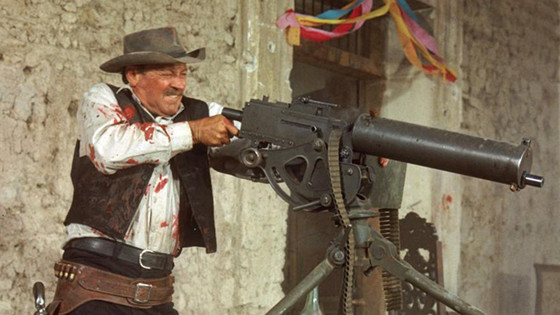
The landmark Revisionist Western held the record for number of cuts until the release of “Natural Born Killers” (Oliver Stone, 1994) and the MTV generation’s influence on editing. Peckinpah wanted to work with new blood for his film, and he found what he wanted in a youngster named Lou Lombardo.
Lombardo came from different cop shows, so he had some experience with shootings. One of his previous experiments included using slow motion intercut with normal speed footage. He showed the result to Peckinpah, and Peckinpah told him to use it extensively on “The Wild Bunch.” This technique later became a trademark of Peckinpah’s films, but the original idea came from his young editor.
The result was amazing. Peckinpah, inspired by the Vietnam War, believed that fiction could have a cathartic effect on the audience, and to expose them directly to the reality of violence would provoke a disgusting feeling. This did not have the intended effect. The audiences were delighted by the stylized violence, and the debate surrounding the impact of excessive and stylized violence rages on today (see the controversy regarding Quentin Tarantino’s “Django Unchained,” for example). But even if Peckinpah’s thesis was false, the film inspired many young filmmakers, including John Woo and Tarantino.
With another suggestion of Lombardo’s, every shooting scene was filmed from several different angles, cameras, and speeds. Later, in the editing room that Peckinpah and Lombardo shared in Mexico, they could choose almost any point of view they wanted. From full shots to close-ups, and from normal speed to super slow motion, this variety of points of view on the same action was completely new at the time, and it gave the feeling of being there, in the middle of the violent frenzy. Sadly for Peckinpah’s thesis, the result was more entertaining than it was disgusting, and his work influenced a new wave of violent cinema.
15. The Godfather (Francis Ford Coppola, 1972)
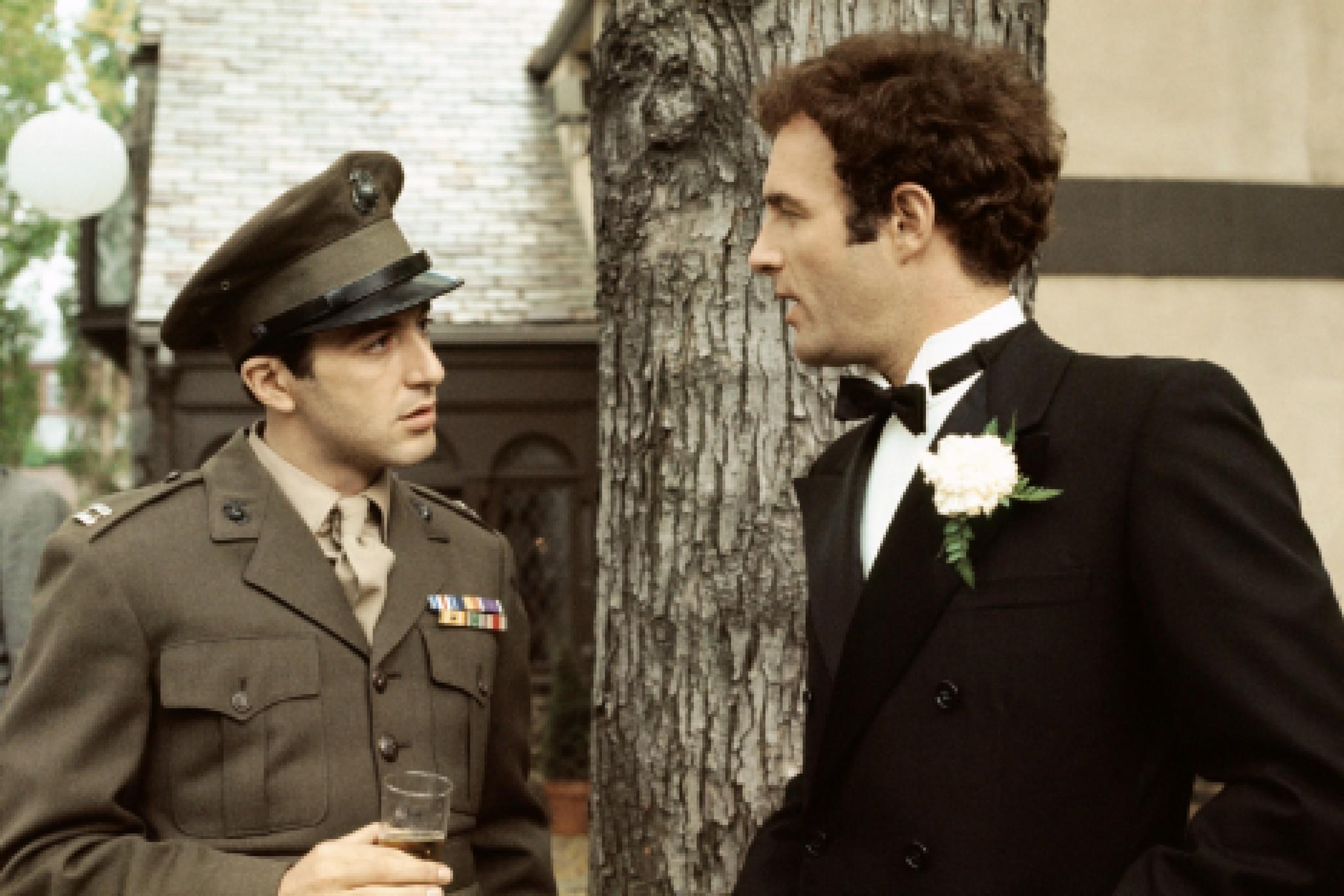
“The Great Train Robbery” was the first primitive example of parallel editing, but when “The Godfather” came out, the technique reached its main splendor in the classic scene in which Michael Corleone (Al Pacino) baptizes his baby while his thugs are executing every Don in New York. The employment of the technique was not new, and, on a purely formal aspect, doesn’t look very revolutionary. But what “The Godfather” did with this scene was to advance the intellectual aspect, building new concepts and meanings through editing.
Parallel editing is used mostly as a way to build tension, making the audience focus on two different actions at the same time. But in this scene what Coppola is showing us is not just a way to build tension, but to clash two different events that expose Michael Corlone’s character: on the one hand, he is a devoted family man; on the other, he is a ruthless mob boss. He is both of these things simultaneously, and the editing emphasizes this.
The last shot of the film is known as the closing image of Michael Corleone’s new life, but this is implied before by the editing. Michael denounces evil even as he directs a killing spree, and the symbolism of the holy water contrasted with the bloody massacres is deep and beautiful.
16. F for Fake (Orson Welles, 1973)
“F for Fake” could be considered among the most visionary and influential films from an editing aspect, but somehow, history has not given the film its due. It is one of Welles’ most famous films, but it also might be the greatest example of modern editing. Welles predicted “attention-deficit editing” years before it was made commonplace by MTV and in TV commercials, by which time the speed of life had increased the speed of editing. The eye became able to understand more information in less time, and so the cuts started to get bigger, and jumping from one theme to another was necessary to keep audience’s attention.
Long before this became the rule, in “F for Fake” Welles jumps between 6 different narrative lines. He connects one and another through different concepts and ideas, making an intellectual exercise that is nevertheless entertaining for the audience. Welles freezes images in the middle of a dialogue, shows us the editing room, and interrupts different speeches to make the film look like a fluid element. “F for Fake” jumps freely and it doesn’t reveal its structure easily. In a film about trickery, showing us the editing makes a delightful comment about film itself.
17. Raging Bull (Martin Scorsese, 1980)
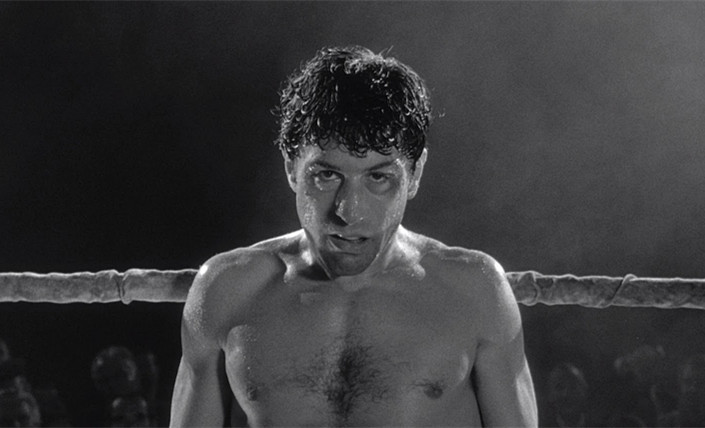
There is an anecdote concerning Raging Bull’s editor Thelma Schoonmaker visiting a cinema about to shown “Raging Bull”. She found the projectionist working on the negative. When she asked him what he was doing, he answered, “Somebody put some color footage on this black and white film I have to show now!”
This little anecdote tells how uncommon it was to mix black and white and color in the way Schoonmaker did it. In the middle of one of the Jake LaMotta’s (Robert De Niro) fight scenes, Schoonmaker put the only color footage in the middle of the punches. This kind of psychological decision is seen all over the film.
“Raging Bull” was edited according to Jake LaMotta’s interior world, and Scorsese and Schoonmaker mixed tons of techniques to achieve this idea. Cutting from a fast energetic montage–with jump cuts and half-second detailed shots of punches–to slow-motion sounds like a crazy idea. But the psychological construction of the character makes everything flow in a way that makes total sense for the audience. “Raging Bull” is probably the most effective and exquisite use of slow-motion in cinema history.
18. Sans Soleil (Chris Marker 1983)
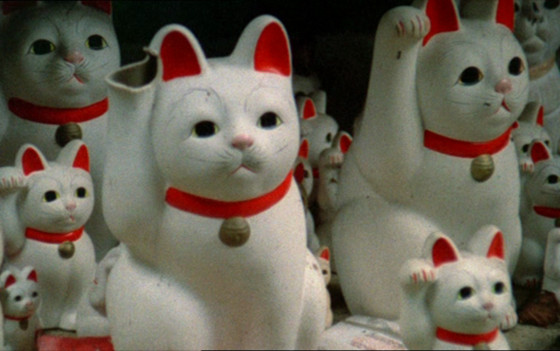
Film-essay is not one of the most explored genres in film history, but it deserves hugely its two spots on this list. While “F for Fake” flows as a way to link different narratives like an academic work, in “Sans Soleil” we get a more poetic and random feeling.
It seems like Marker can jump from any big issue to the next without the need of a proper introduction. But the mind-flow works and it is engaging despite its unclear narrative. Marker didn’t develop a completely innovative technique, but Marker organized an editing tecnhique that makes the viewer feel like he or she is inside his mind, and as in everyday thinking, you can go from one theme to another without any major logic.
19. Seven (David Fincher, 1995)
Every Fincher film is a quality display of editing. Even in his less enjoyable efforts, you can tell post-production is sacred on his films. His second feature was the film that showed his trademark editing, and his previous background. The influence of television advertisements and music videos is clear in the pace and rhythm of his cuts.
Fincher learned these codes before his first feature, making advertisements and clips for Madonna. This work taught him to make images fit a certain rhythm, and this was translated later in “Seven.” The most classic and celebrated segment of the film is the often ignored credits sequence. Impressed by Mark Romanek’s “Closer” video for Nine Inch Nails, he decided to apply this aesthetic at the beginning of the film.
This introduction of John Doe, the killer, is cryptic: we see a dark impression cutting newspapers. The sequence was scored by a Coil remix of the same Nine Inch Nails single. In fact, Fincher was so impressed that he wanted Romanek to direct that segment. At the end he directed it himself with the help of designer Kyle Cooper, and it had an influential effect on the 90’s.
Never before had a credits sequence seemed so important to the narrative, and it certainly wasn’t so common to introduce a video clip-like segment in a non-musical film. Later there was a wave of films with this heavy television influence. From “Trinspotting” (Danny Boyle, 1996) to “Fight Club” (David Fincher, 1999), this choppy editing became a 90’s trademark. Heavily criticized by some critics and filmmakers, the influence of MTV’s hyper-active culture on cinema is undeniable today.
20. The Tulse Luper Suitcases (film series) (Peter Greenaway, 2003-2004)
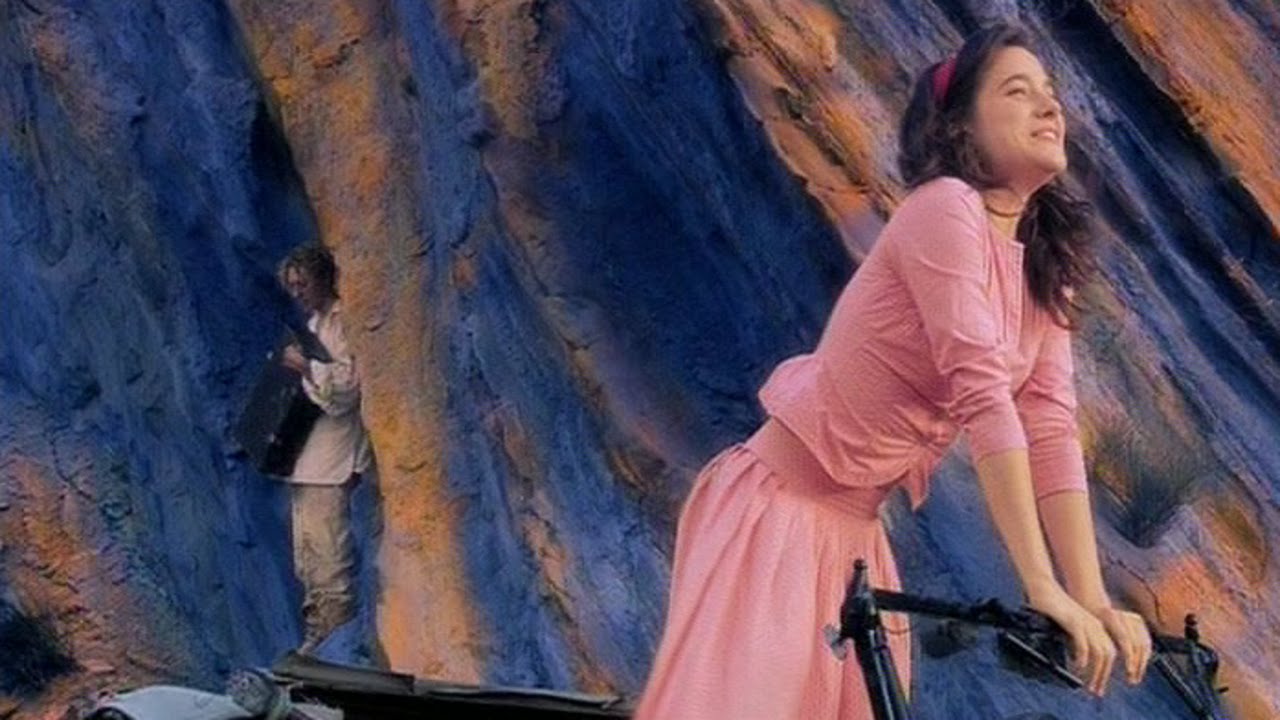
Jump cut, overprint, fast motion, picture in picture, color, black and white, sepia, overlapping dialogue, freeze frame, subtitles, on-screen text, repeated actions, and zooms. All of these techniques are found in any of the three parts of Greenaway’s most ambitious project and the films play as a summary of all the techniques explored on this list.
“The Tulse Luper Suitcases” was supposed to be a massive transmedia project consisting of three features, 92 DVDs, a 16 episode TV-series, a bunch of books and CDs, and an online game and website. Greenaway didn’t complete his project at all (the TV series were never done, nor were most of the books, CDs, and DVDs), and could be seen as one of his major failures. But the films were ambitious as well, and they are one of the most interesting pieces of digital cinema.
In Greenaway’s trilogy the film is seen as a piece under construction all the time, and it is showing us a new way to tell a story after the death of film. Greenaway proposed a “post-celluloid” experience and a completely new film narrative. Ambitious and arrogant, it is hard to deny that “The Tulse Luper Suitcases” is a very fresh viewing experience.
Totally excessive in its formal aspect, the film tells a straight plot. And if you get used to these technical display of excesses, you can follow the narrative. Probably this is one of the most interesting aspects of the film, because with his descriptions, it was easy to expect a completely avant-garde film. Will transmedia and the Internet be the next big influences on editing?
Author Bio: Héctor Oyarzún is a film student in the Valparaíso University of Chile. Since he was a kid, his most important occupation is watching films. He also likes punk music and playing guitar.

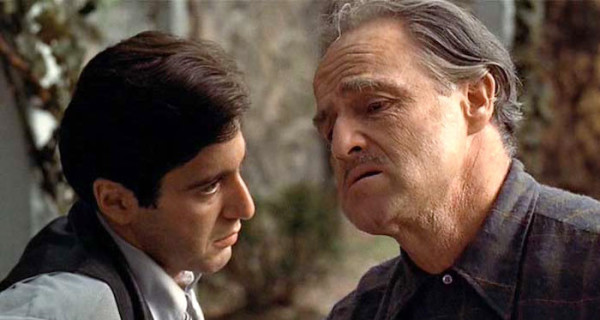

Leave a reply